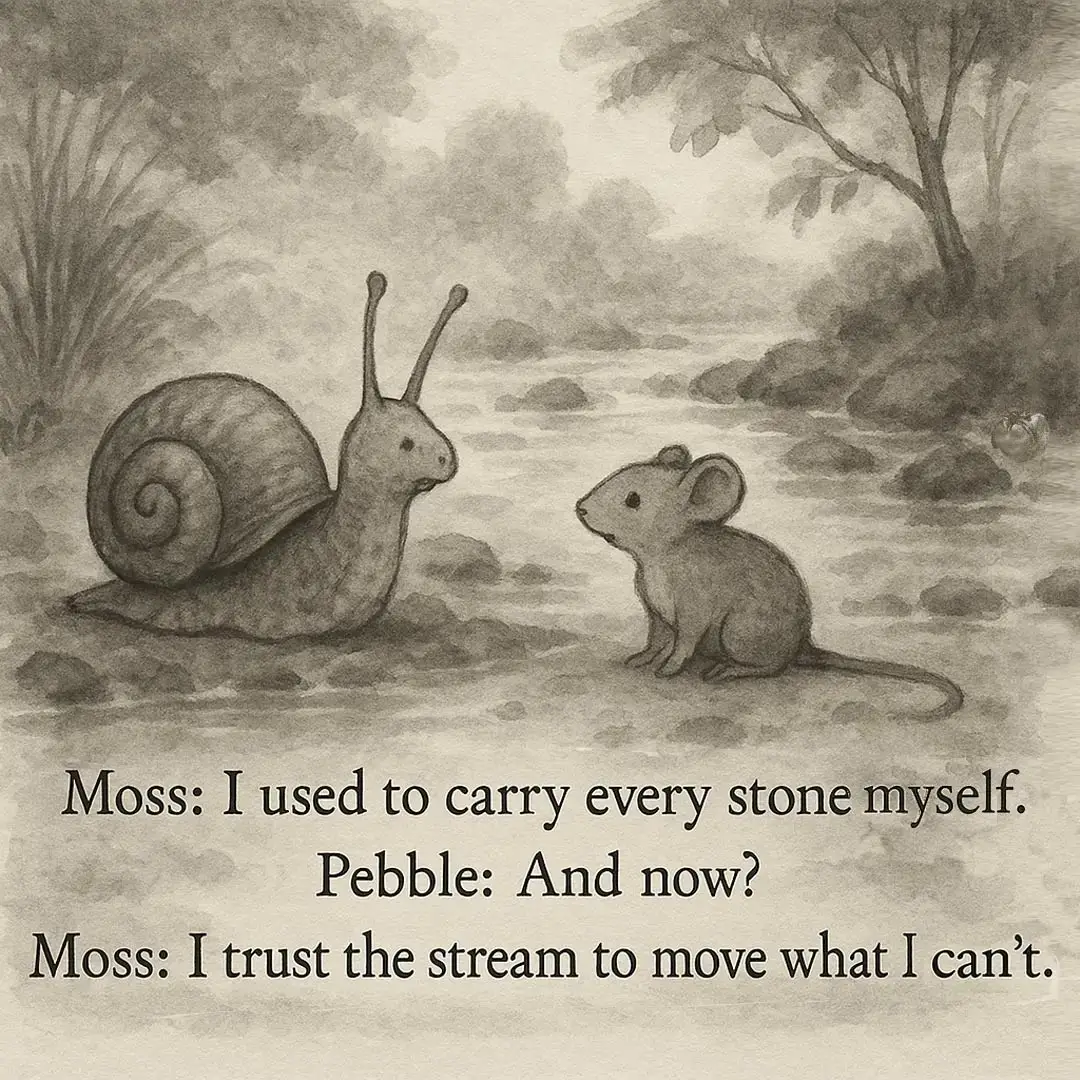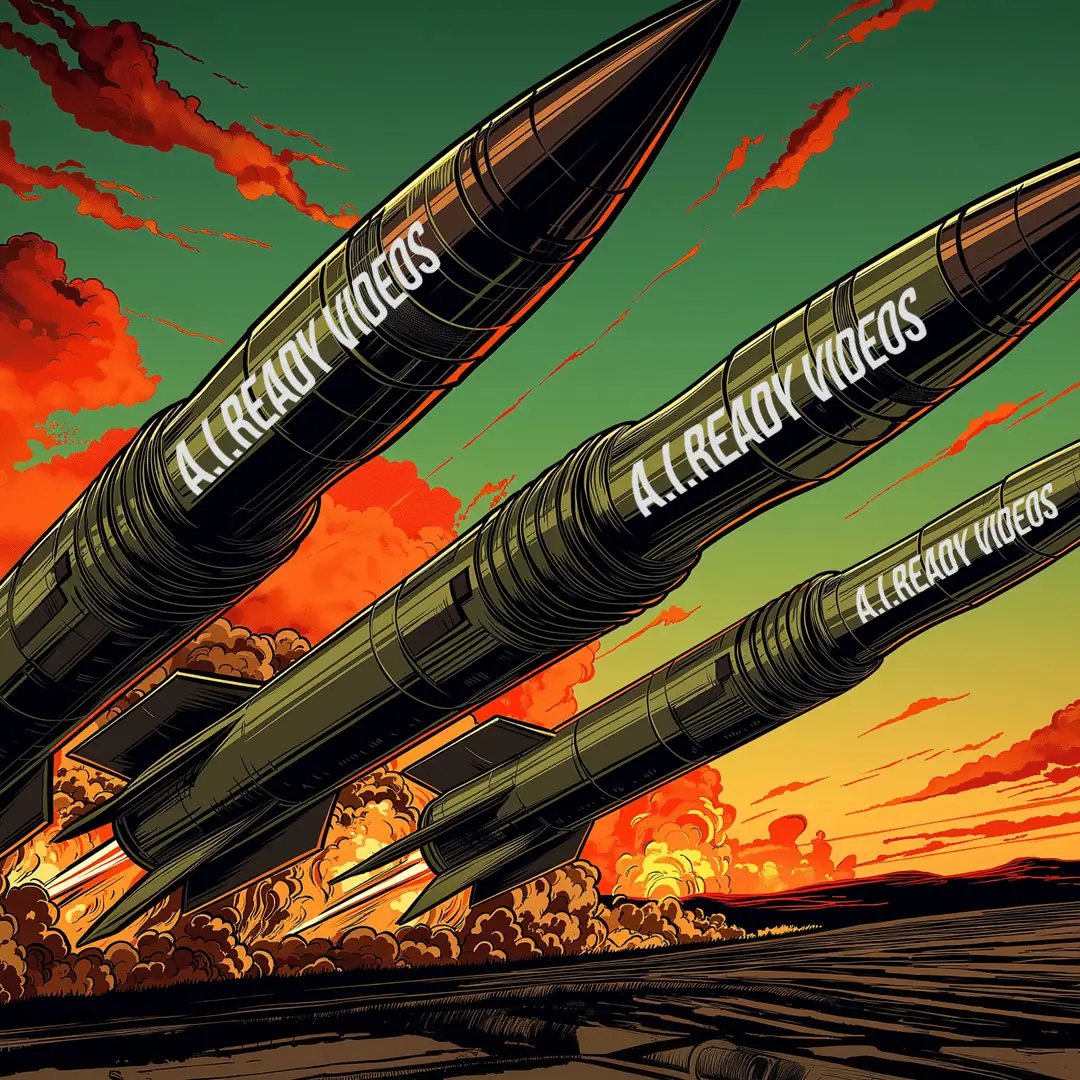There’s a moment in every content creator’s life when the tools they built to help them start become the very things holding them back.
The process. The checklist. The whiteboard of “Future article ideas.”
At first, you needed it all. It kept you organized. It gave structure to chaos. Now, that same structure is what’s keeping your ideas stuck in draft.
What they don’t put in the how-to guides: Structure is just the ladder. It’s not the point.
We build ladders so we can climb. We automate and delegate so we can fly.
Let Go of the Grind to Get to the Good Stuff
If you’re creating content without a solid team behind you, it’s natural to blame the clock.
But the truth is, most of your time isn’t going to creating. It’s going to handling.
Because here’s what you’re actually wasting your energy on:
- Researching stats instead of building perspective
- Clicking through five abandoned drafts looking for one usable hook
- Spending 20 minutes resizing the same image in Canva for four different platforms
- Rewriting an intro for the fourth time because “it doesn’t feel punchy enough”
- Fighting with WordPress because the spacing looked fine in preview
- Googling “best time to post on LinkedIn” instead of just posting something worth reading
- Staring at your notebook trying to remember what that brilliant blog idea actually meant
- Writing social captions from scratch, every time
- Trying to find or generate the perfect Featured Image
- And, of course, the dreaded “What should I write this week?”
All while the stuff that actually makes content great: the ideas, the voice, the honesty, all get left for last.
This is exactly why creators burn out, businesses ghost their blogs, and the “content strategy” lives forever as a Trello column labeled Next Week, For Real This Time.
AI, Automation, and Delegation Aren’t Shortcuts. They’re Strategy.
If you want to create consistently and at a higher level, something has to give. Let’s get specific.
Stop treating AI like a novelty and start using it like a tool. Use it to research fast, summarize smarter, and surface insights worth building on.
Spin up a hook generator. One that actually knows your audience. Give it your dusty drafts and let it turn “meh” into magnetic.
Hire a VA. Not to “help with admin,” but to take editing, posting, formatting, and image-wrangling completely off your plate.
Build a caption engine. Take your long-form work and slice it into sharp, native content for every platform—without rewriting the wheel each time.
Suddenly, the weekly “What should I write?” isn’t a bottleneck. It’s a starting line. Now you’ve got space to think, the voice to use, and actual runway to make something worth sharing.
This isn’t cheating. It’s respecting your role in the creative equation.
If you’re the voice, stop pretending you also need to be the megaphone, the microphone cable, the audio editor, and the guy who books the room.
The friction point in most small content teams isn’t resources, it’s refusal. Refusal to hand off. Refusal to trust tools. Refusal to let someone (or something) else help.
Build the System. Then Walk Away from It.
Here’s the shift that changes everything:
Your job isn’t to keep the machine running. Your job is to build a better machine, so you can do the work worth doing.
Great content needs:
- Time to think
- Space to notice
- Freedom to experiment
- Energy to care
You don’t get those things by squeezing content creation between 17 text messages and 2 client calls. You get them by stepping out of the weeds and letting the ladder hold itself up.
The Takeaway
The goal isn’t to write faster. It’s to write better. And that only happens when you free yourself from the stuff that doesn’t need your fingertips.
So let the tools carry the load. Let the systems hum in the background. Let someone else hold the ladder.
TLDR: You don’t need to do it all to create great content. Use AI, automation, and delegation to offload the repetitive and time-consuming parts so you can focus on the work that actually requires your brain, voice, and perspective. Build the ladder, climb it, then let go. That’s how you scale your creativity.



